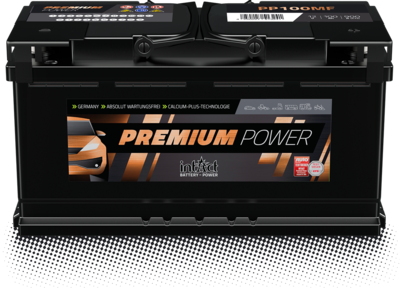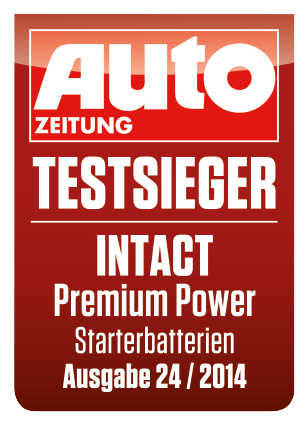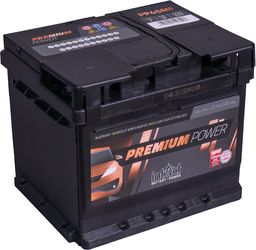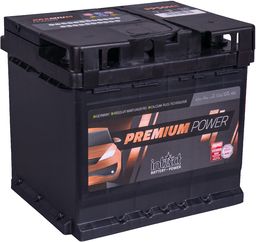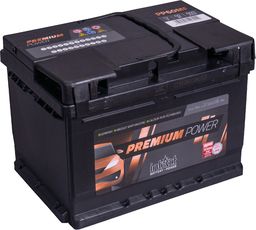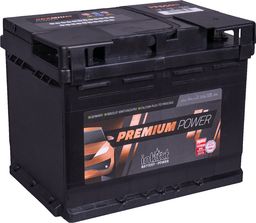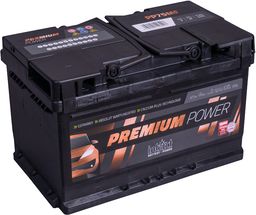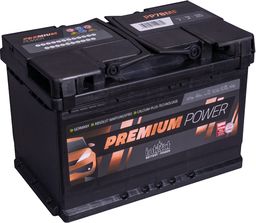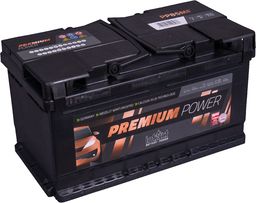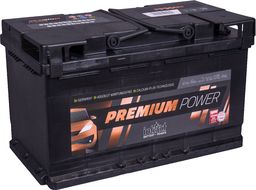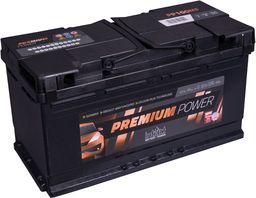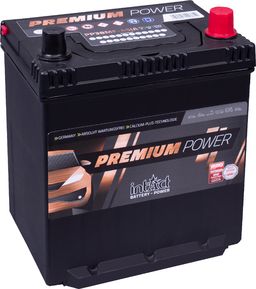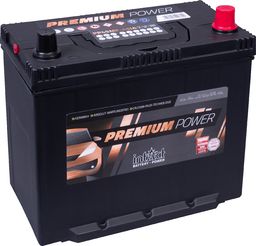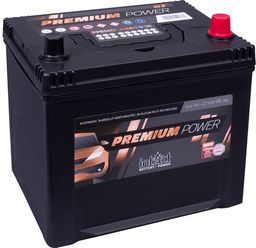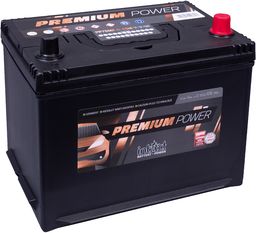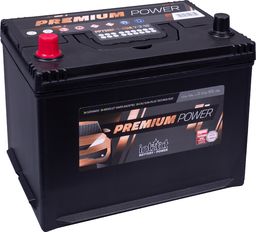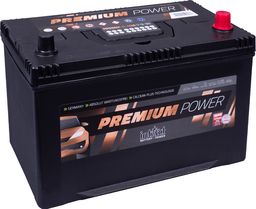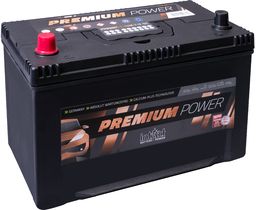‹
×
- Home
- Intact Batteries
- Intact Batteries
- Motorcycle batteries
- Car batteries
- Truck batteries
- Traction & supply
- Traction & supply
- intAct Gel-Power
- intAct AGM-Power
- intAct Active-Power AGM
- intAct Active-Power GEL
- intAct Marine-Power
- intAct Marine-Power AGM
- intAct Solar-Power
- intAct Solar-Power AGM
- intAct Traktion-Power
- intAct Traktion-Power PZS
- intAct Traktion-Power Deepcycle AGM
- intAct Traktion-Power Deepcycle
- intAct Block-Power
- Forster by intAct
- Battery Guard
- Battery Guard
- Support & Help
- Support & Help
- What is the State of Charge of the intAct Battery-Guard?
- Old and new Battery-Guard: differences and innovations
- Connect Battery-Guard to the app via Bluetooth
- How much energy does the Battery-Guard consume?
- Settings for supply and traction batteries
- How many Battery-Guards can I monitor at the same time?
- Quick and easy help: Battery-Guard Support
- Advice and knowledge
- Sponsoring
- Data Privacy Statement
- GBT
- Notes on battery law
- Imprint
- Notes Knowledge Area
- 404
- Retailer
- Lexicon
- Retailer search
- Results
- Battery
- Search
